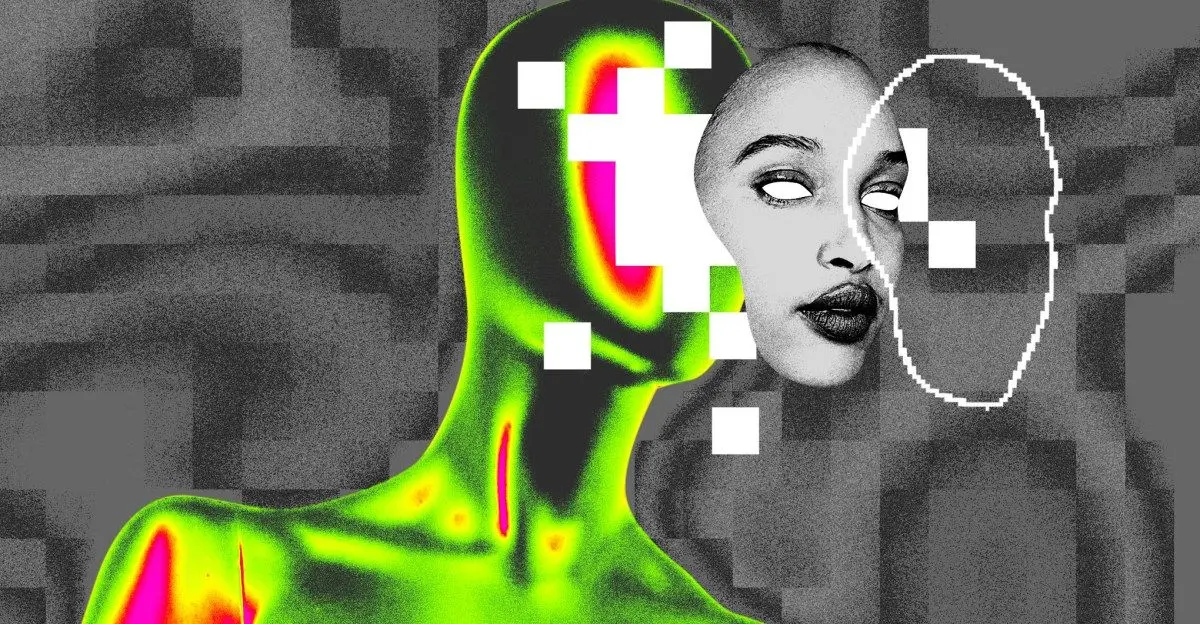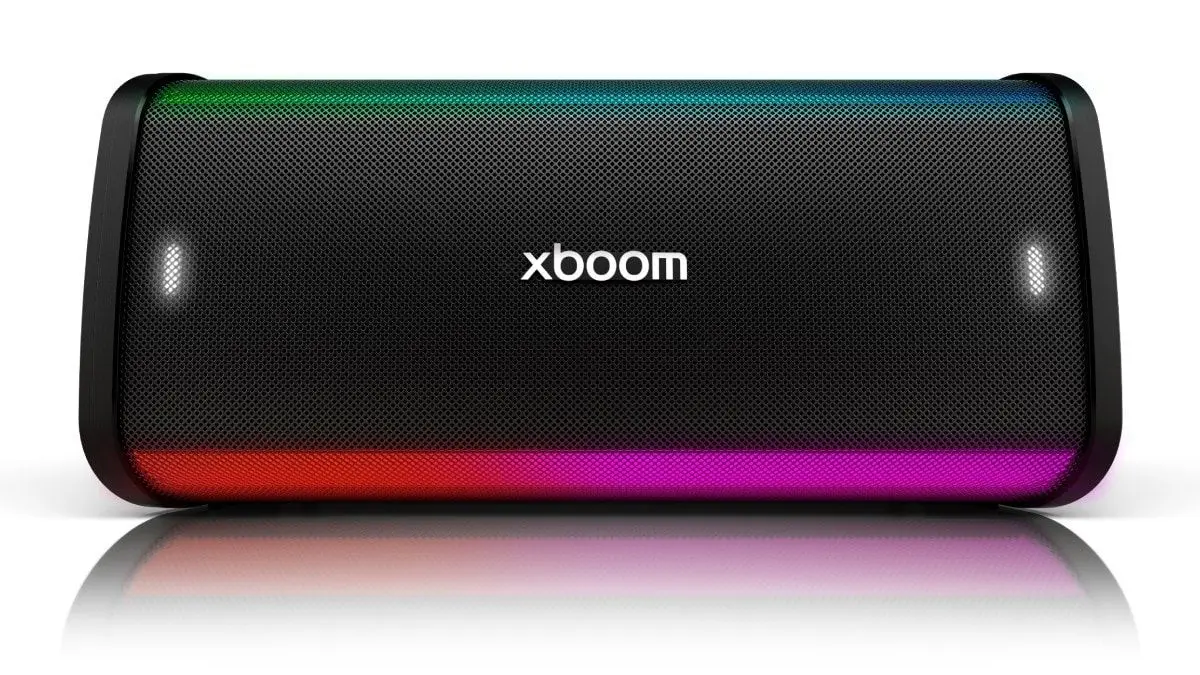AI-Powered Voice Analysis: A Promising Tool for Early Parkinson's Disease Detection
3 Sources
3 Sources
[1]
AI could detect Parkinson's disease by analyzing subtle changes in voice
University of South AustraliaNov 21 2024 Algorithms that can detect subtle changes in a person's voice are emerging as a potential new diagnostic tool for Parkinson's disease, according to researchers from Iraq and Australia. Speech impairments are often the first indicators of the fastest-growing neurological disease in the world, affecting more than 8.5 million people, but traditional diagnostic methods are often complex and slow, delaying early detection. Researchers from Middle Technical University (MTU) in Baghdad and the University of South Australia (UniSA) have recently published a conference paper reviewing the advancements in artificial intelligence techniques to detect Parkinson's disease (PD). MTU Associate Professor Ali Al-Naji, a medical instrumentation engineer and UniSA adjunct, says all the evidence shows that AI-powered voice analysis could revolutionize early PD diagnosis and remote monitoring of the neurodegenerative disorder. Vocal changes are early indicators of Parkinson's disease, including small variations in pitch, articulation and rhythm, due to diminished control over vocal muscles. By analyzing these acoustic features, AI models can detect subtle, disease-related vocal patterns long before visible symptoms appear." Ali Al-Naji, MTU Associate Professor AI techniques primarily use machine learning and deep learning algorithms trained on extensive data sets from simple voice recordings from Parkinson's patients and healthy controls. These algorithms extract relevant features, such as pitch, speech distortions and changes in vowels, and then categorize the voice recordings with remarkable accuracy - as high as 99% in one research study. Researchers say that while Parkinson's has no cure, early diagnosis and intervention can improve quality of life and slow the progression of symptoms. "As well as detecting Parkinson's early, AI could also help monitor patients from a distance, reducing the need for in-person visits," Assoc Prof Al-Naji says. However, researchers acknowledge the need for further studies on larger, more diverse populations. University of South Australia Journal reference: Ali, M. H., et al. (2024). Parkinson's disease detection from voice using artificial intelligence techniques: A review. AIP Conference Proceedings. doi.org/10.1063/5.0236188.
[2]
Algorithm can identify subtle changes in a person's voice for early Parkinson's detection
Algorithms that can detect subtle changes in a person's voice are emerging as a potential new diagnostic tool for Parkinson's disease, according to researchers from Iraq and Australia. Speech impairments are often the first indicators of the fastest-growing neurological disease in the world, affecting more than 8.5 million people, but traditional diagnostic methods are often complex and slow, delaying early detection. Researchers from Middle Technical University (MTU) in Baghdad and the University of South Australia (UniSA) have published a conference paper reviewing the advancements in artificial intelligence techniques to detect Parkinson's disease (PD). The results were presented at the Fifth Scientific Conference for Electrical Engineering Techniques Research (EETR2024). MTU Associate Professor Ali Al-Naji, a medical instrumentation engineer and UniSA adjunct, says all the evidence shows that AI-powered voice analysis could revolutionize early PD diagnosis and remote monitoring of the neurodegenerative disorder. "Vocal changes are early indicators of Parkinson's disease, including small variations in pitch, articulation and rhythm, due to diminished control over vocal muscles," Assoc Prof Al-Naji says. "By analyzing these acoustic features, AI models can detect subtle, disease-related vocal patterns long before visible symptoms appear." AI techniques primarily use machine learning and deep learning algorithms trained on extensive data sets from simple voice recordings from Parkinson's patients and healthy controls. These algorithms extract relevant features, such as pitch, speech distortions and changes in vowels, and then categorize the voice recordings with remarkable accuracy -- as high as 99% in one research study. Researchers say that while Parkinson's has no cure, early diagnosis and intervention can improve quality of life and slow the progression of symptoms. "As well as detecting Parkinson's early, AI could also help monitor patients from a distance, reducing the need for in-person visits," Assoc Prof Al-Naji says. However, researchers acknowledge the need for further studies on larger, more diverse populations.
[3]
AI speaks volumes when it comes to detecting Parkinson's disease | Newswise
The incidence of Parkinson's has doubled in the past 25 years, but researchers are confident that AI can help with earlier diagnosis. Algorithms that can detect subtle changes in a person's voice are emerging as a potential new diagnostic tool for Parkinson's disease, according to researchers from Iraq and Australia. Speech impairments are often the first indicators of the fastest-growing neurological disease in the world, affecting more than 8.5 million people, but traditional diagnostic methods are often complex and slow, delaying early detection. Researchers from Middle Technical University (MTU) in Baghdad and the University of South Australia (UniSA) have recently published a conference paper reviewing the advancements in artificial intelligence techniques to detect Parkinson's disease (PD). MTU Associate Professor Ali Al-Naji, a medical instrumentation engineer and UniSA adjunct, says all the evidence shows that AI-powered voice analysis could revolutionise early PD diagnosis and remote monitoring of the neurodegenerative disorder. "Vocal changes are early indicators of Parkinson's disease, including small variations in pitch, articulation and rhythm, due to diminished control over vocal muscles," Assoc Prof Al-Naji says. "By analysing these acoustic features, AI models can detect subtle, disease-related vocal patterns long before visible symptoms appear." AI techniques primarily use machine learning and deep learning algorithms trained on extensive data sets from simple voice recordings from Parkinson's patients and healthy controls. These algorithms extract relevant features, such as pitch, speech distortions and changes in vowels, and then categorise the voice recordings with remarkable accuracy - as high as 99% in one research study. Researchers say that while Parkinson's has no cure, early diagnosis and intervention can improve quality of life and slow the progression of symptoms. "As well as detecting Parkinson's early, AI could also help monitor patients from a distance, reducing the need for in-person visits," Assoc Prof Al-Naji says. However, researchers acknowledge the need for further studies on larger, more diverse populations. Notes for editors The incidence of Parkinson's has doubled in the past 25 years, and now contributes to at least 330,000 deaths each year worldwide. "Parkinson's disease detection from voice using artificial intelligence techniques: A review" was presented to the Fifth Scientific Conference for Electrical Engineering Techniques Research in Baghdad. DOI: https://doi.org/10.1063/5.0236188 An accompanying paper - "Voice-based gender classification: A comparative study based on machine learning algorithms" - was presented by Assoc Prof Al-Naji and colleagues at the same conference.
Share
Share
Copy Link
Researchers from Iraq and Australia highlight the potential of AI algorithms to detect Parkinson's disease through subtle voice changes, offering a new approach for early diagnosis and remote monitoring.

AI Algorithms Show Promise in Early Parkinson's Detection
Researchers from Middle Technical University (MTU) in Baghdad and the University of South Australia (UniSA) have unveiled groundbreaking advancements in using artificial intelligence (AI) for the early detection of Parkinson's disease (PD). Their recent conference paper highlights how AI-powered voice analysis could revolutionize both the diagnosis and monitoring of this rapidly growing neurological disorder
1
2
3
.The Power of Voice in Parkinson's Diagnosis
Parkinson's disease, affecting over 8.5 million people worldwide, often manifests early signs through speech impairments. Associate Professor Ali Al-Naji, a medical instrumentation engineer at MTU and UniSA adjunct, explains that vocal changes can be subtle yet significant indicators of PD:
"Vocal changes are early indicators of Parkinson's disease, including small variations in pitch, articulation and rhythm, due to diminished control over vocal muscles. By analyzing these acoustic features, AI models can detect subtle, disease-related vocal patterns long before visible symptoms appear."
1
2
3
AI Techniques and Their Remarkable Accuracy
The AI approaches primarily utilize machine learning and deep learning algorithms. These are trained on extensive datasets comprising voice recordings from both Parkinson's patients and healthy individuals. The algorithms extract and analyze relevant features such as:
- Pitch variations
- Speech distortions
- Changes in vowel pronunciations
The accuracy of these AI models in categorizing voice recordings has been reported to be as high as 99% in one research study, showcasing their potential as a powerful diagnostic tool
1
2
3
.Implications for Early Intervention and Remote Monitoring
While Parkinson's disease currently has no cure, early diagnosis and intervention can significantly improve patients' quality of life and potentially slow the progression of symptoms. AI-powered voice analysis offers several advantages:
- Early detection: Identifying PD before visible symptoms appear
- Remote monitoring: Reducing the need for in-person visits
- Accessibility: Utilizing simple voice recordings for analysis
Related Stories
The Growing Impact of Parkinson's Disease
The urgency of developing new diagnostic tools is underscored by the rapid increase in Parkinson's cases. Over the past 25 years, the incidence of PD has doubled, now contributing to at least 330,000 deaths annually worldwide
3
.Future Directions and Challenges
Despite the promising results, researchers acknowledge the need for further studies involving larger and more diverse populations to validate and refine these AI techniques. As the field progresses, it could lead to more accessible and efficient methods for diagnosing and managing Parkinson's disease, potentially improving outcomes for millions of patients globally
1
2
3
.References
Summarized by
Navi
[2]
Related Stories
AI-Powered Speech Tool Shows Promise for Early Parkinson's Detection
25 Jul 2025•Health

AI Shows Promise in Early Detection of Laryngeal Cancer Through Voice Analysis
13 Aug 2025•Health

AI-Powered EEG Analysis Achieves Near-Perfect Parkinson's Disease Detection Through Emotional Brain Responses
17 Dec 2024•Science and Research

Recent Highlights
1
Nvidia drops $20 billion on AI chip startup Groq in largest acquisition ever
Business and Economy

2
Meta acquires Manus for $2 billion, adding revenue-generating AI agents to its platforms
Business and Economy

3
China proposes world's strictest AI chatbot rules to prevent suicide and emotional manipulation
Policy and Regulation




